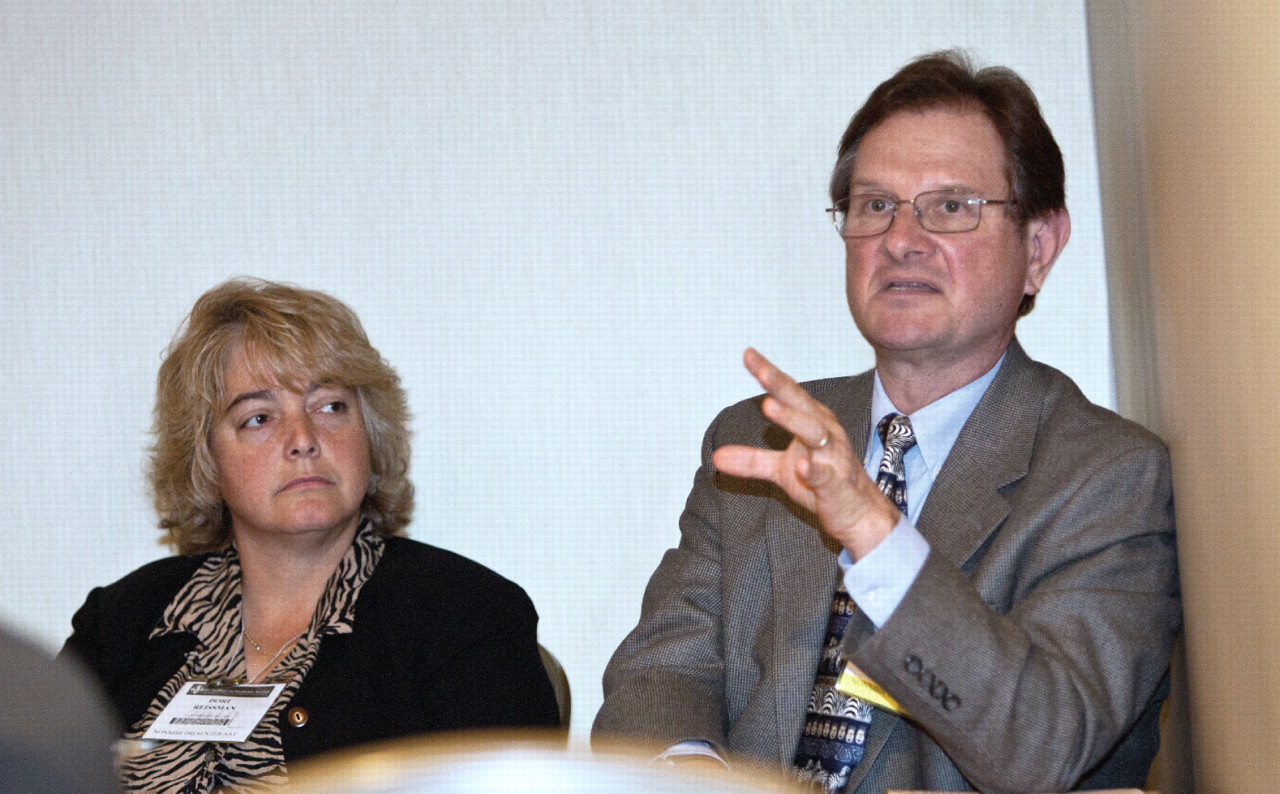Workers hired to clean up water and beaches after the BP oil spill last spring and summer faced numerous hazards on the water and on Gulf beaches. However, for the first time, the official catalogue of dangers included psychological toxins, said a leading disaster psychiatrist at the APA Institute on Psychiatric Services in Boston in October.
“Psychological and behavioral problems are no longer the stepchildren among occupational hazards, but are viewed as a normal part of what we look at,” said psychiatrist Dori Reissman, M.D., M.P.H., a senior medical advisor to the director of the National Institute for Occupational Safety and Health (NIOSH), a division of the Centers for Disease Control and Prevention.
NIOSH safety officers at cleanup work sites were trained to recognize psychological and behavioral dangers, not just those caused by chemicals and other familiar safety hazards. Those behavioral problems arose from several sources, said Reissman, speaking on a panel about the mental health aftereffects of the spill.
Many fell under the heading of fatigue, caused or compounded by intense daily heat, long hours, and heavy protective clothing. Some tasks were so physically stressful in mid-summer that safety officers permitted workers on those jobs only a 15-minute working stretch out of every hour. To compensate for the downtime and still get the work done in a timely manner, these workers had to put in 14 to 17 hours a day, a schedule that took its toll on their bodies and minds.
Heat, fatigue, and working at unfamiliar jobs may have impaired judgment, leading to accidents, said Reissman. A variety of preexisting factors, such as being overweight or taking certain medications (such as tranquilizers, antidepressants, mood stabilizers, anxiolytics, or stimulants), may have increased or decreased sweating and contributed to problems too.
Unfamiliarity with assigned tasks could also have led to accidents. Around the Gulf, boat owners and crew members were usually local people experienced at fishing but without training in industrial cleanup work.
The potential for accidents or work disruption went beyond the individual. If one person had to stop work, the activities of several others might come to a halt as well. People thus might have felt pressured to stay on the job longer than was safe.
In response, NIOSH safety officers encouraged a buddy system based on military practices in which workers keep an eye on their colleagues.
“You're better at looking after someone else than yourself,” she said.
Crew chiefs received “fatigue management guidance,” a psychiatric intervention under a different name, said Reissman. This boiled down to getting workers to drink water and to rest—usually when neither they nor the boss wanted them to. But it also means encouraging appropriate time off and getting proper sleep.
Reissman would like to follow these workers not only while they clean up the spill but over the long term. A similar project is under way with World Trade Center workers, but that started after cleanup efforts began. The oil spill workers were evaluated before they began work, providing a better baseline for evaluating changes caused by their experiences on the job.
NIOSH teams have begun to collect data on at least 52,000 individuals. Already some interesting patterns are visible, even though formal studies are not yet complete.
For instance, exposure to oil and dispersant chemicals was highest closer to the site of the spill, but psychological problems were more intense on shore, said Reissman.
Physical stressors were not the only ones burdening the workers.
How jobs were organized by off-site higher-ups, the amount of control an individual worker had over a given task, or a supervisor's management style might have induced anxiety, poor sleep patterns, or anger.
Some job sites included workers hired by different contractors, leading to conflicting work directives, especially in regard to safety. BP frequently changed field supervisors, who then changed work rules without giving any justification, she said. Workers understood that asking why could leave them without jobs.
Makeshift living arrangements in the field were often crowded and noisy, making it hard to relax after work, said Reissman. There was little time off and nowhere to go when time was available. Limited cell phone and Internet service made it hard to stay in touch with families.
At one site, workers dined at a company-run commissary. They were evacuated when a hurricane threatened the area, but when they returned, the commissary was gone and workers had to scramble for other ways to find meals.
Having identified a population at risk, NIOSH is now tracking who is hurt, how, and in what way. That information can be fed back to the incident commander and integrated into the ongoing response. Reissman's team at NIOSH will then decide which subpopulations should be followed more closely. Some will be tracked with periodic health surveys, while others will get more intensive medical monitoring and surveillance for both behavioral and physical problems, said Reissman.
“It looks simple, but it's hard to do.”


